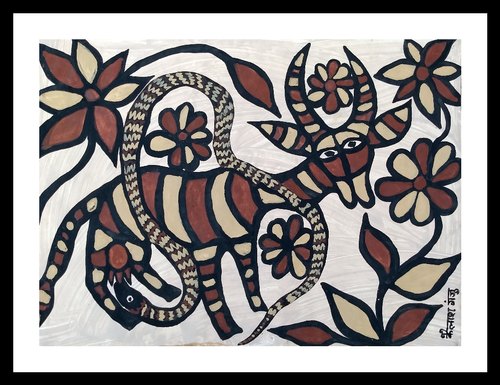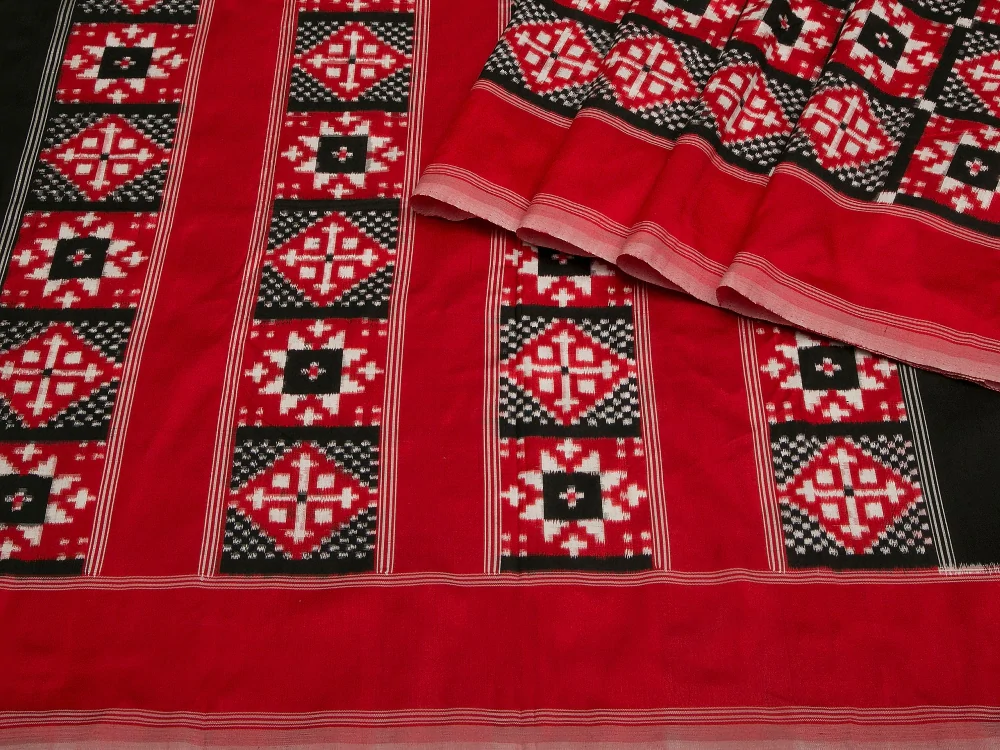900 319 0030
enquiry@shankarias.in
COVID Kavach Elisa
Click here to know more about RT-PCR test
ELISA Test
National Institute of Virology
Sohari Khovar Painting

Telia Rumal Handloom

Geographical Indication Status
WHO
Etalin Hydropower Project
Recommendations on Dibang valley project by FAC
Global Nutrition Report 2020
Global Nutrition Targets
Malnutrition
Source: The Hindu, NDTV